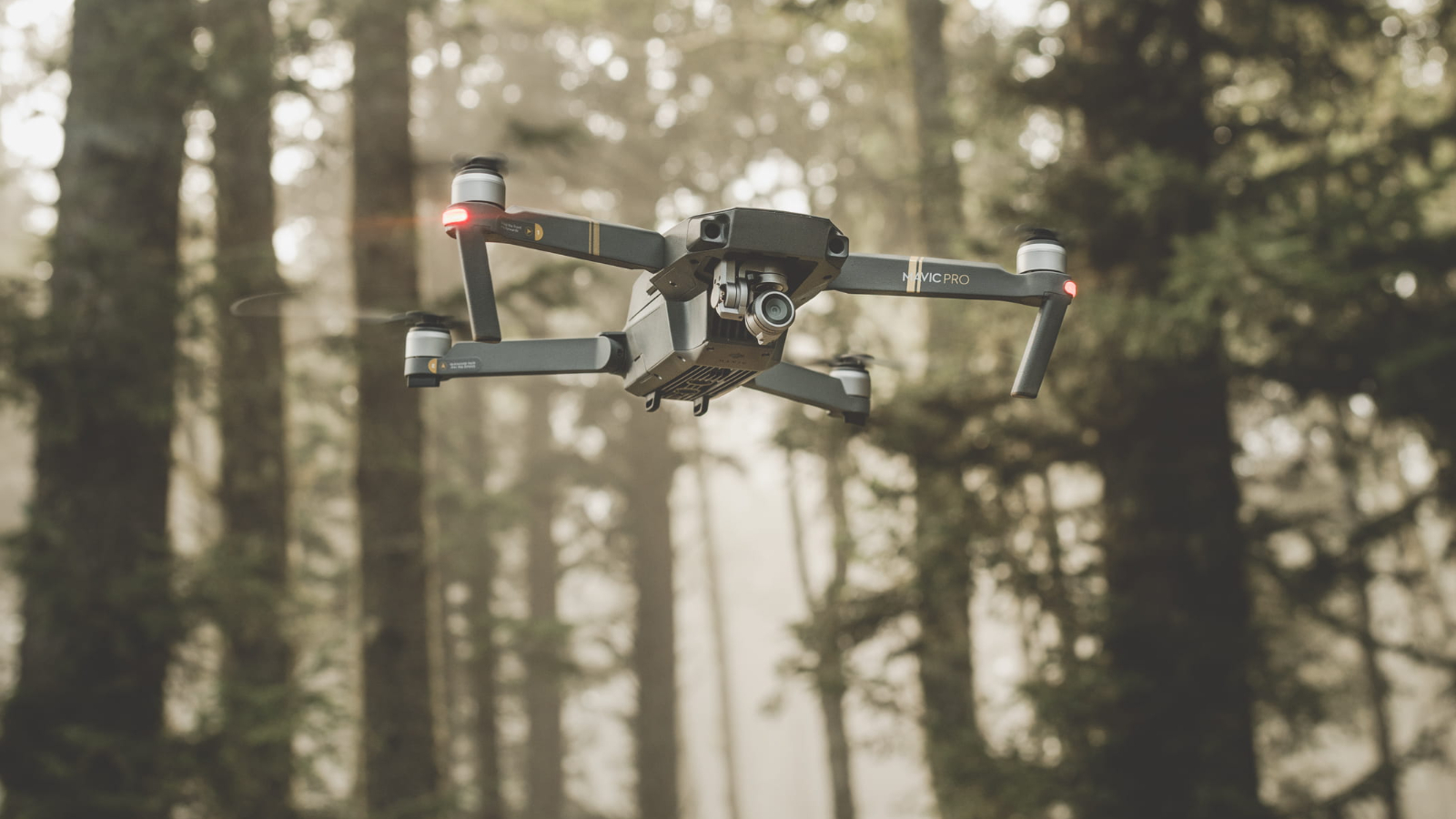Drones
Drone Safety Tips and Best Practices
By following these safety tips and best practices, drone operators can enjoy their flights responsibly and contribute to the safe integration of drones into the airspace. Remember, safety should always be a top priority to ensure a positive and enjoyable experience for everyone involved.

Drones
Drones Regulations and Safety
By following these regulations and safety practices, you can enjoy the benefits of drone technology while minimizing risks to people, property, and airspace. Responsible drone operation is essential for the continued growth and acceptance of drones in various industries and recreational activities.
Drones
History of Drones
The history of drones showcases their transformation from rudimentary unmanned balloons to sophisticated, versatile aerial platforms. With ongoing advancements and growing applications, drones are set to play an increasingly significant role in various industries and sectors, contributing to innovation, efficiency, and safety.
Drones
Future Trends in Drones
The future of drones is filled with exciting trends that will shape their capabilities and applications. Increased autonomy, longer flight times, advanced sensing capabilities, swarm technology, integration with IoT and 5G, regulatory frameworks, industry-specific solutions, and environmental innovations are key areas driving the evolution of drones. As these trends continue to progress, drones will play an even more prominent role in industries such as agriculture, infrastructure, logistics, public safety, and more.
-

 iPhone1 year ago
iPhone1 year agoFuture Predictions for the iPhone: Unveiling the Path of Innovation
-

 Apple MacBook1 year ago
Apple MacBook1 year agoThe History of Apple MacBook: A Journey of Innovation and Design Excellence
-

 Uncategorized1 year ago
Uncategorized1 year agoThe Automation Revolution: Job Displacement or New Opportunities?
-

 3D Printers1 year ago
3D Printers1 year agoBenefits of 3D Printing
-

 AI Trends1 year ago
AI Trends1 year agoThe Future of Robotics and AI: A Controversial Perspective
-

 Tech News1 year ago
Tech News1 year agoThe AI Privacy Paradox: Balancing Innovation and Personal Data Protection
-

 3D Printers1 year ago
3D Printers1 year agoThe Future of 3D Printing
-

 BLOG1 year ago
BLOG1 year agombracing the Singularity: Illuminating the Path to a Promising Future




